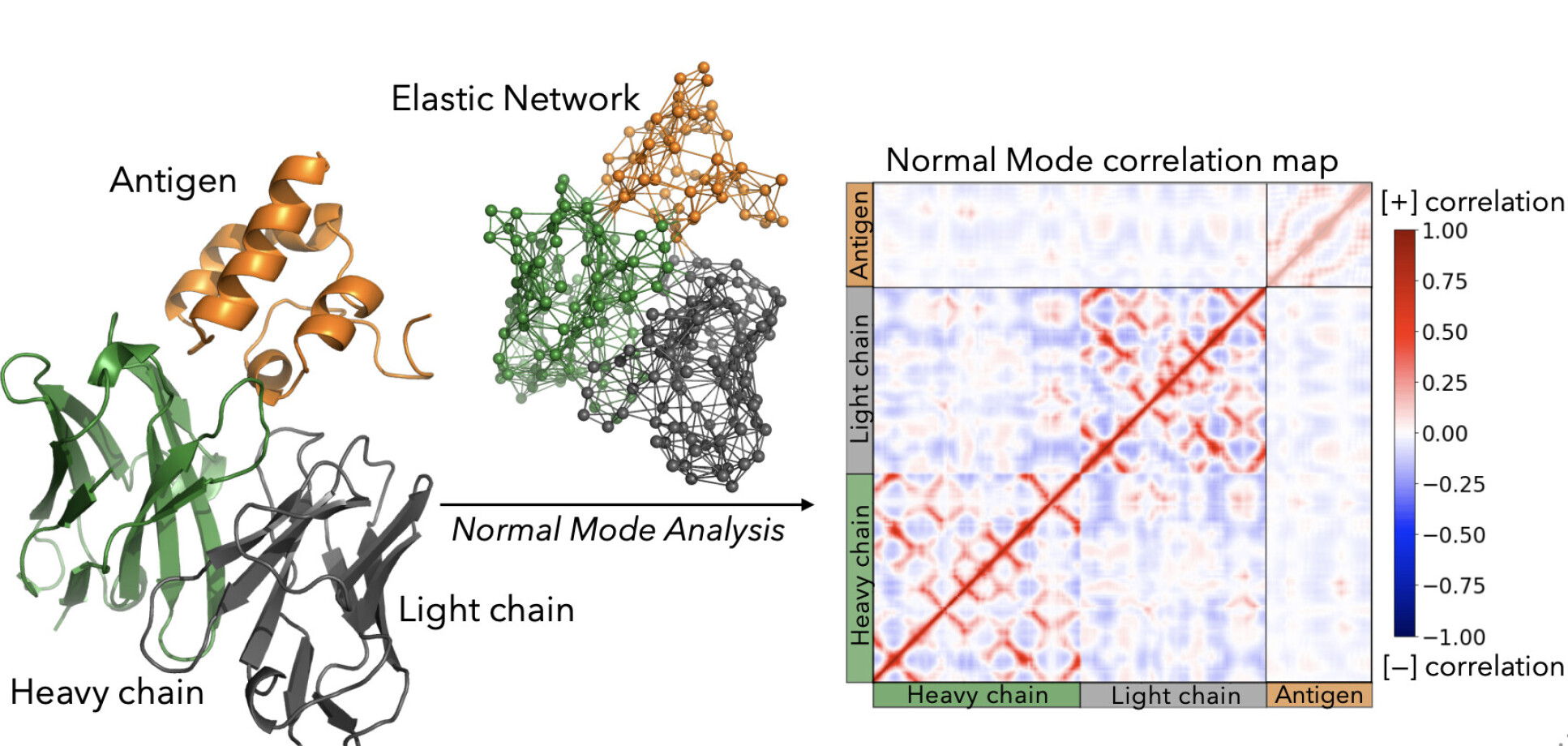Mathematics PhD student wins major science communication competition
Kevin Michalewicz from the Department of Mathematics has won the TakeAIM Competition, an annual competition hosted by the Smith Institute.
The TakeAIM Competition asks participants to write essays that showcase the potential of mathematics in solving real-world problems. University students across the world are asked to communicate their research, before the finalists are selected to present their work to a panel of judges and representatives from industry.
Kevin, who is in the second year of his PhD at Imperial College London, won first place in this year’s competition for his essay on the application of neural networks on the design of antibodies.
My objective was to use neural networks to predict the strength of the binding between antibodies and antigens... Kevin Michalewicz Department of Mathematics
"The essay covered the first year of my research with my supervisors Dr Barbara Bravi and Professor Mauricio Barahona,” he said, “My objective was to use neural networks to predict the strength of the binding between antibodies and antigens, and to provide insights into the structural reasons behind these interactions.”
Antibodies help our immune systems to neutralise threats like viruses and bacteria by binding to them. The strength of this interaction is known as the ‘binding affinity’, and gives researchers a measure of how effective antibodies are at targeting foreign antigens.
Kevin developed a machine learning model, named the ANTIbody Predictor of Affinity from STructural Information, or ANTIPASTI.
ANTIPASTI that can predict this binding affinity and potentially improve the design of antibodies in pharmaceuticals.
Neural networks in pharmaceuticals
Neural networks are a class of machine learning models that are inspired by biological neurons in the human brain. Just like how a child can learn to identify animals by looking at pictures and being told their names, a neural network can also be trained to identify patterns in a set of examples.
The neural network developed by Kevin uses ‘convolutional neural networks’, which is particularly effective for identifying patterns in images. By training the network on images of antibody and antigens, ANTIPASTI could learn the important features that contributed to binding affinity.

"We use a modelling technique that allows us to project 3D structures into 2D images, which are then analysed by a neural network,” Kevin said.
ANTIPASTI demonstrated an impressive performance despite being trained on a relatively small dataset of 700 data points. After presenting his work at the TakeAIM Competition finals, Kevin is starting a three-month summer internship with AstraZeneca on the topic of antibody design.
 “There’ll be some knowledge transfer of what I’ve done for ANTIPASTI to come up with new antibody designs,” he said.
“There’ll be some knowledge transfer of what I’ve done for ANTIPASTI to come up with new antibody designs,” he said.
Kevin has previously been involved in other science communication initiatives, including outreach events in schools, organised by the Institute of Cancer Research, London.
--
‘ANTIPASTI: interpretable prediction of antibody binding affinity exploiting Normal Modes and Deep Learning’ by Kevin Michaelwicz is published on bioRxiv.
Article text (excluding photos or graphics) © Imperial College London.
Photos and graphics subject to third party copyright used with permission or © Imperial College London.